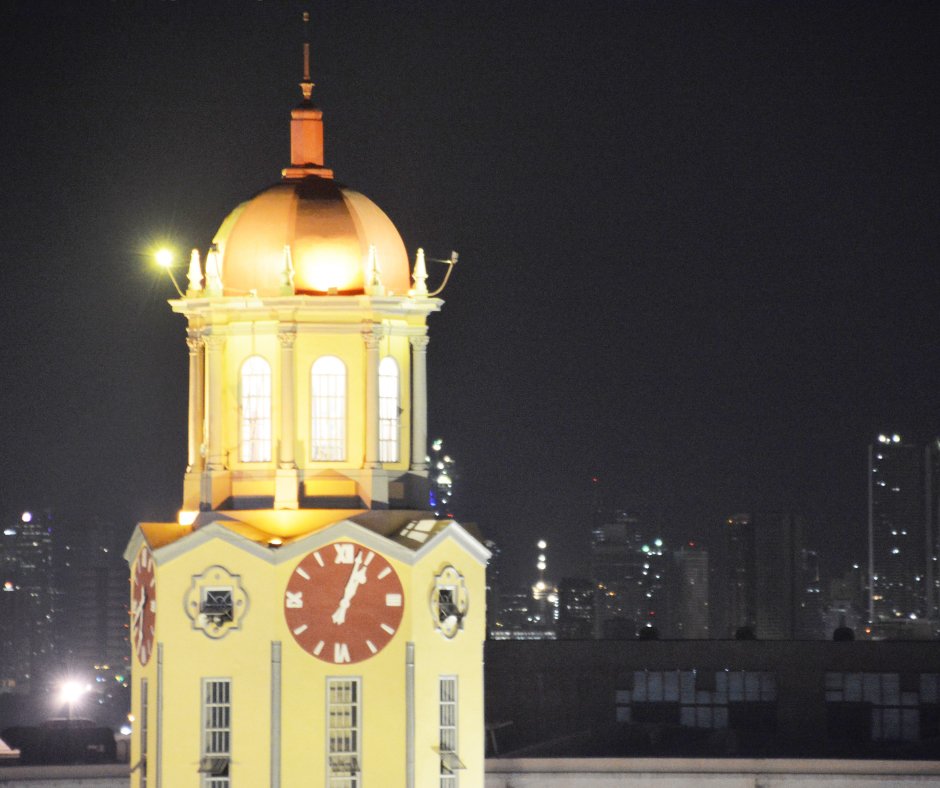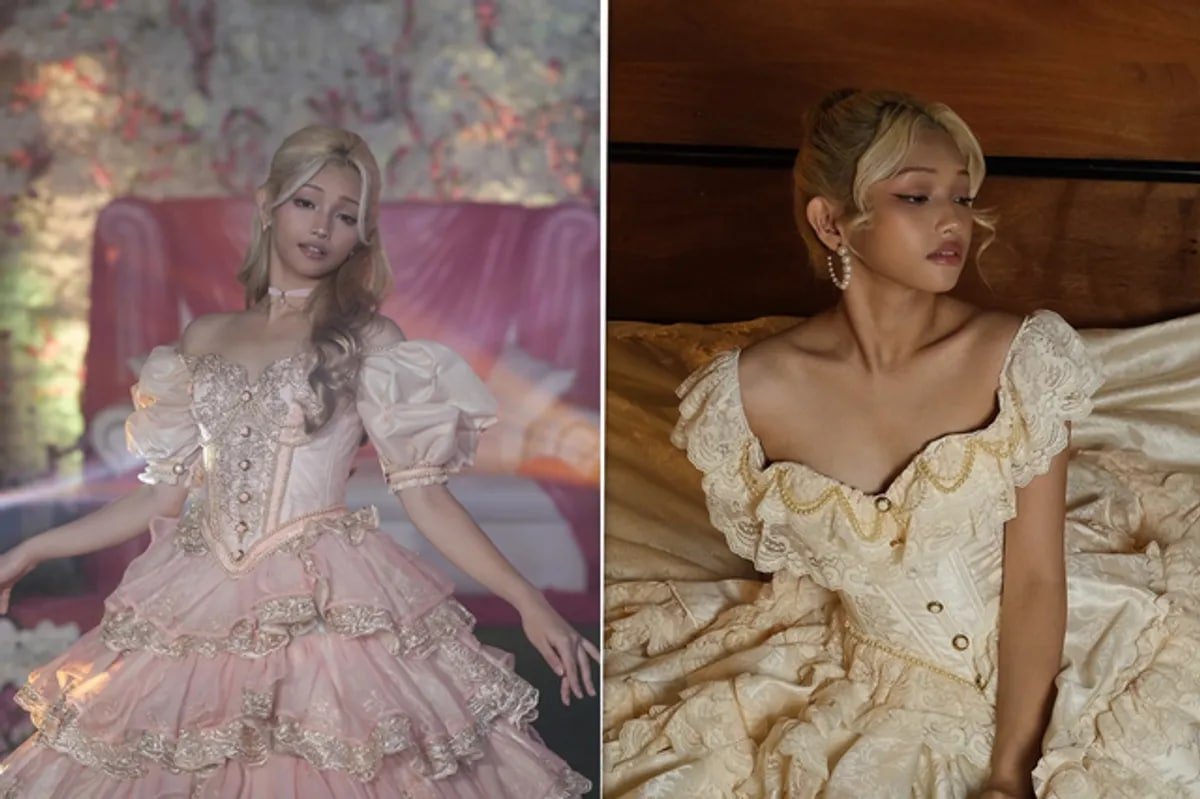– Advertisement –
The City of Manila, often called the “Pearl of the Orient,” is more than just the nation’s capital – it is the epicenter of the nation’s cultural identity and historical narrative. Throughout its long and complex history, Manila has shaped, and been shaped, diverse peoples and traditions that call it home.
A melting pot of cultures
Manila’s role as a cultural crossroads began long before Spanish colonization. As early as the pre-colonial era, it was a vibrant trading hub along the Pasig River, connecting Southeast Asian neighbors and merchants from China, India, and the Middle East. This early cosmopolitanism laid the foundation for Manila’s enduring diversity and openness to new influences.
When the Spanish arrived in 1571, they transformed Manila into the seat of colonial power, building the famous walled district of Intramuros. This are became the center of religious, political, and cultural life, with grand churches like the Manila Cathedral and San Agustin Church symbolizing the city’s new role as the heart of Catholicism in Asia. The Spanish also introduced new architectural styles, educational institutions, and social customs, many of which remain visible in Manila’s streets and traditions today.
– Advertisement –
The Walled City and Filipino identity
Intramuros stands as a living testament to Manila’s layered identity. Its stone walls and historic buildings are not just relics of the past but active participants in the city’s ongoing story. The district’s layout and architecture reflect centuries of cultural blending, from European fortifications to indigenous adaptations, making it a focal point for understanding how place and history intertwine in the Filipino psyche.
National artists and writers, such as Nick Joaquin, have used Intramuros as a symbol of Filipino identity, exploring how the city’s spaces embody both the grandeur and the struggles of the nation’s past. The preservation and revitalization of Intramuros today underscores Manila’s commitment to honoring its heritage while embracing modernity.
Festivals, faith, and community
Manila’s cultural vibrancy is perhaps most visible in its festivals and religious The Feast of the Black Nazarene, held every January in Quiapo, draws millions of devotees who believe in the miraculous powers of the life-sized statue of Christ. This event is a powerful expression of faith, endurance, and communal spirit, reflecting the depth of Manila’s religious and cultural roots.
The city is also a hub for the arts, hosting major events and supporting a thriving scene of galleries, museums, and performance spaces. These institutions nurture both traditional and contemporary Filipino creativity, ensuring that Manila remains at the forefront of the country’s artistic evolution.
Resilience and renewal
Manila’s story is also one of resilience. Despite wars, natural disasters, and rapid urbanization, the city continues to reinvent itself while preserving its unique character. Efforts to restore heritage sites, promote local arts, and celebrate diverse communities demonstrate Manila’s enduring role as the country’s enduring role as the cultural and historical soul.
The City of Manila is not just the nation’s political capital – it is the living heart of Philippine culture and identity. Its streets, festivals, and historic landmarks tell the story of a people wo have thrived amid diversity, adversity, and change. As Manila evolves, it remains a powerful symbol of what it means to be Filipino: resilient, creative, and deeply rooted in a shared past worth celebrating. Maligayang Araw ng Maynila!
– Advertisement –











